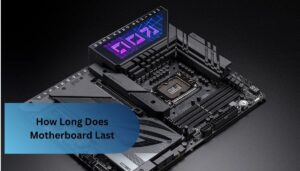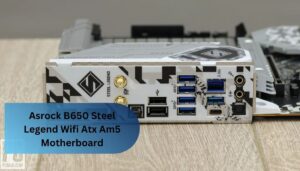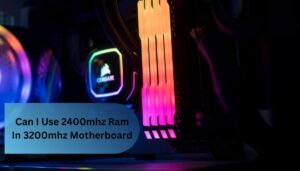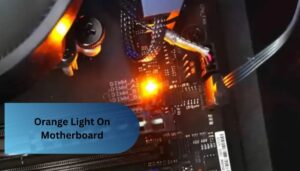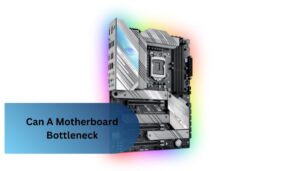What Cpu Is Compatible With My Motherboard – A Compressive Guide!

To find out if a CPU will work with your motherboard, start by identifying the socket type and chipset. This information is typically available in the motherboard manual or on the manufacturer’s website, helping you ensure a proper fit and optimal performance.
Check your motherboard’s socket type and chipset to find compatible CPUs. Cross-reference this information with the CPU manufacturer’s specifications to ensure a good match.
Introduction To What Cpu Is Compatible With My Motherboard
Understanding what CPU is compatible with my motherboard is crucial for optimizing performance and avoiding issues. The compatibility depends on the socket type and chipset that your motherboard supports.
Researching what CPU is compatible with my motherboard will help ensure you select a processor that fits seamlessly. By identifying the right specifications, you can enhance your system’s efficiency and longevity while knowing what CPU is compatible with my motherboard.
Understanding Cpu And Motherboard Compatibility

1. What is CPU Compatibility?
CPU compatibility means that a processor can function properly with a specific motherboard, influenced by the socket type and chipset. Verifying this compatibility is crucial for achieving the best performance and ensuring a stable system.
2. The Role Of The Motherboard In Compatibility:
The motherboard serves as the main hub connecting all components, dictating which CPUs, RAM, and GPUs can be used. Its socket type and chipset determine compatibility, ensuring that everything works together smoothly.
Key Factors To Consider
1. CPU Socket Type:
The CPU socket type is a specific connector on the motherboard that allows the processor to be installed. Each socket type is designed for particular CPU models, making it essential to match them for proper functionality.
2. Chipset Compatibility:
- Function of Chipset: The chipset manages data flow between the CPU, memory, and other peripherals, influencing overall system performance.
- Impact on CPU Selection: Each chipset is designed to support specific CPU families, affecting which processors are compatible with your motherboard.
- Upgrade Potential: Understanding your chipset can help determine if future CPU upgrades are possible without needing to replace the motherboard.
- Feature Support: Different chipsets offer varying features, such as overclocking capabilities and support for faster memory, impacting your choice of CPU.
3. BIOS Version:
The BIOS version is crucial for starting up your hardware and managing system settings. Keeping it updated can boost compatibility with newer CPUs and improve overall system reliability.
4. Power Requirements:
Power requirements are essential to ensure your CPU receives adequate energy for optimal performance. Each CPU has specific wattage needs, so it’s important to match these with your power supply unit for stability and efficiency.
Read Also: Do Motherboards Have Sd Card Slot – Lets Explore!
Cpu Socket Types And Their Compatibility
1. Common CPU Socket Types:
- LGA 1151: Used primarily by Intel for their 6th to 9th generation processors, providing a good balance of performance and features.
- LGA 1200: Designed for Intel’s 10th and 11th generation CPUs, offering enhanced power delivery and support for newer technologies.
- AM4: The standard socket for AMD Ryzen processors, compatible with various generations, making it versatile for upgrades.
- LGA 2066: Targeted at Intel’s high-end desktop CPUs, it supports more cores and advanced features for demanding applications.
- TR4 (sTR4): Used for AMD’s Threadripper series, designed for extreme performance in workstations and content creation.
2. Matching CPU to Socket Type:
To match a CPU to the socket type, verify that the processor can fit into the motherboard’s socket without any issues. It’s important to compare the specifications of both the CPU and motherboard to ensure they work together seamlessly before making a purchase.
Understanding Chipset Compatibility
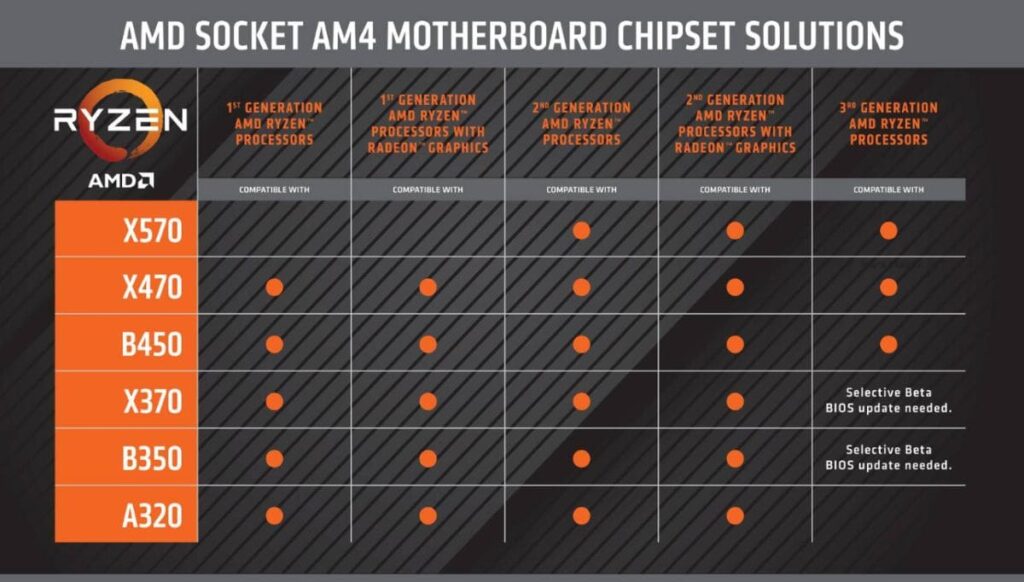
1. What is a Chipset?
A chipset is a group of electronic components on a motherboard that manages data flow between the CPU, memory, and peripherals. It determines the features and capabilities of the motherboard, such as supported CPUs, RAM types, and connectivity options.
2. How Chipset Affects CPU Compatibility:
The chipset determines the features and capabilities of a motherboard, affecting which CPUs can be supported. Even if a CPU fits the socket, it must also be compatible with the chipset to function correctly and utilize all features.
3. Popular Chipsets for Intel and AMD CPUs:
- Intel Z690: Supports the latest 12th generation Intel processors, offering advanced features like overclocking and PCIe 5.0 support.
- Intel B660: A mid-range option for 12th generation Intel CPUs, balancing performance and cost without overclocking capabilities.
- Intel H670: Provides additional connectivity options for Intel’s 12th generation processors, suitable for those needing extra ports and features.
- AMD X570: Designed for Ryzen 3000 and 5000 series CPUs, it supports PCIe 4.0 and advanced cooling solutions.
- AMD B550: A cost-effective option for Ryzen CPUs, offering solid performance and PCIe 4.0 support without high-end features.
- AMD A520: Entry-level chipset for Ryzen processors, providing essential features for budget builds without overclocking support.
The Importance Of Bios Version
1. How BIOS Affects Compatibility:
BIOS plays a crucial role in hardware compatibility by managing communication between the motherboard and CPU. An outdated BIOS may prevent newer processors from functioning correctly, so keeping it updated is essential for optimal performance.
2. Updating the BIOS for CPU Support:
Updating the BIOS can enhance CPU compatibility by adding support for newer processors. This process typically involves downloading the latest firmware from the motherboard manufacturer’s website and following their specific installation instructions.
Power Requirements And Compatibility
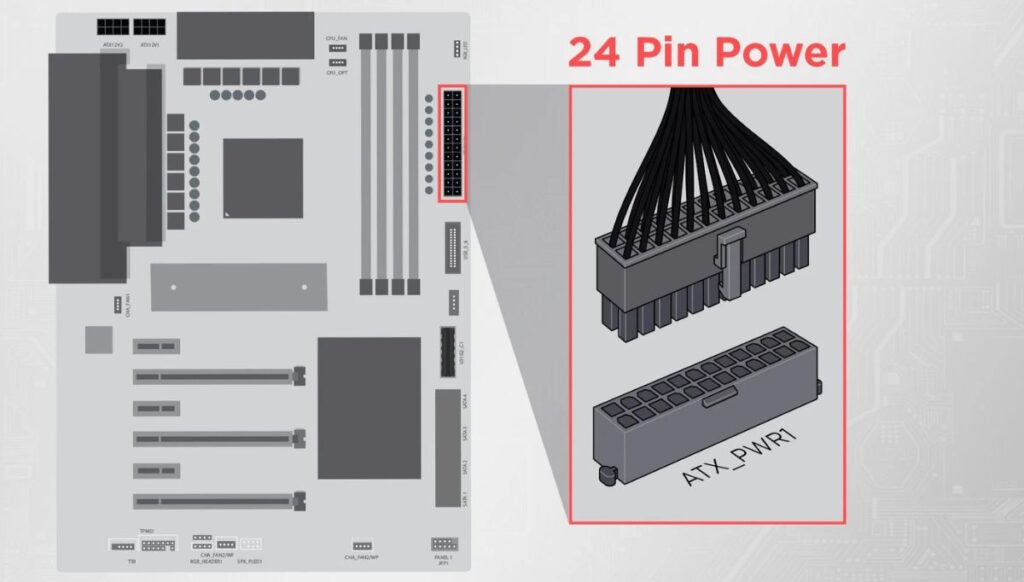
1. Power Supply Considerations:
- Wattage: Ensure your power supply has enough wattage to support your CPU and other components, as inadequate power can lead to instability.
- Connector Type: Check that your power supply has the necessary connectors for your motherboard and CPU, such as the 24-pin ATX and 4/8-pin CPU power connectors.
- Efficiency Rating: Look for a power supply with a good efficiency rating (like 80 PLUS) to ensure it runs efficiently and produces less heat while saving energy.
2. VRMs and Their Role in CPU Support:
- Voltage Regulation: VRMs (Voltage Regulator Modules) ensure the CPU receives the correct voltage, adapting power based on its needs during different tasks.
- Stability Under Load: A good VRM design helps maintain stable power delivery, preventing fluctuations that could cause crashes or throttling during heavy usage.
- Overclocking Potential: High-quality VRMs allow for better power management, giving enthusiasts the ability to overclock their CPUs safely for improved performance.
Checking Compatibility: Step-by-Step Guide
1. Using Online Tools:
Online tools can help you determine CPU compatibility by simply entering your motherboard model or socket type. These tools provide a list of compatible processors, making it easier to find the right match for your system.
2. Consulting Motherboard Manufacturer:
Consulting the motherboard manufacturer is essential for accurate compatibility information regarding CPUs and other components. They provide specific details on supported processors, socket types, and any necessary BIOS updates for optimal performance.
Read Also: What’s The Best Motherboard For Gaming – Choosing The Right One For Your Setup!
3. Checking the Motherboard Manual:
The motherboard manual provides crucial information on compatible CPUs, including socket types and supported chipsets. Referring to it ensures you choose the right processor for optimal performance and stability.
Common Compatibility Issues And How To Solve Them
- Incorrect Socket Type: Ensure the CPU socket matches your motherboard’s specifications. If it doesn’t, you’ll need a different CPU or motherboard.
- Make sure your power supply delivers enough wattage for your new CPU; you may need to upgrade to a more powerful unit if it falls short.
- Outdated BIOS: An outdated BIOS might not support newer CPUs. Update the BIOS to the latest version from the manufacturer’s website to fix this issue.
- Incompatible RAM: Sometimes, the RAM may not be compatible with the new CPU. Verify that the RAM specifications align with both the motherboard and CPU requirements.
- Heat Management: A new CPU may generate more heat, requiring better cooling solutions. Ensure you have an adequate cooler installed to prevent overheating.
Future-Proofing Your Build
Future-proofing your build involves choosing components that can adapt to evolving technology. Opt for a motherboard with the latest socket type and chipset to accommodate upcoming CPUs and features.

Additionally, selecting a power supply with extra wattage allows for future upgrades without the need for replacements. By prioritizing compatibility and expandability, you can create a system that remains relevant and powerful for years to come.
FAQ’s
1. What is Top CPU and Motherboard Combinations?
Top CPU and motherboard combinations include the Intel Core i9-12900K paired with the Z690 motherboard for high performance, and the AMD Ryzen 7 5800X with the B550 motherboard for a balanced, efficient setup.
2. What Motherboard Do I Have?
To find out what motherboard you have, check your system information in the BIOS setup or use software tools like CPU-Z that display detailed hardware specifications.
3. What CPU Socket Does My Motherboard Have?
To find out what CPU socket your motherboard has, check the motherboard model printed on the board itself or refer to the manual or manufacturer’s website for detailed specifications.
4. How to Find Compatible Motherboards for Your Intel® Boxed Desktop Processor?
To find compatible motherboards for your Intel® boxed desktop processor, check the processor’s specifications for its socket type and supported chipsets. You can then search for motherboards that match these criteria on manufacturer websites or through online retailers.
5. Common Issues with Incompatible CPUs and Motherboards?
Incompatible CPUs and motherboards can lead to system failures, such as the computer not booting or experiencing frequent crashes. You might also encounter performance issues, where the CPU isn’t utilized effectively, resulting in sluggish operation and reduced efficiency.
Conclusion:
Understanding which processors are compatible with your motherboard is essential for building a reliable and efficient system. By considering factors like socket type, chipset, and power requirements, you can make informed choices that enhance performance.
Always refer to your motherboard’s manual for specific compatibility details and stay updated on BIOS versions to support new processors. Taking these steps ensures that your setup remains powerful and adaptable for future upgrades.
Read More:
